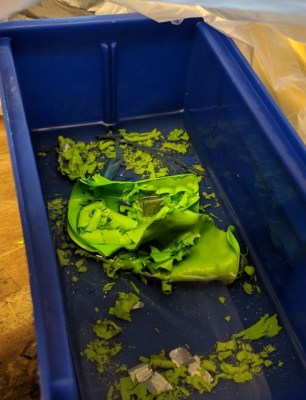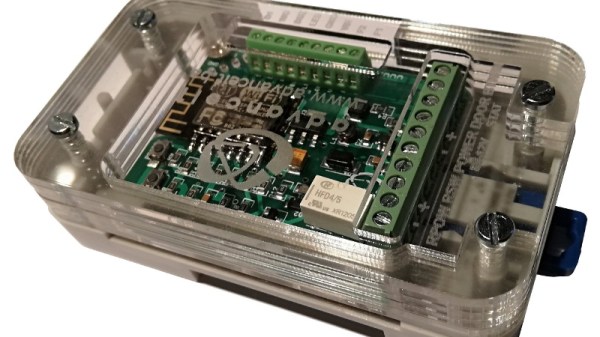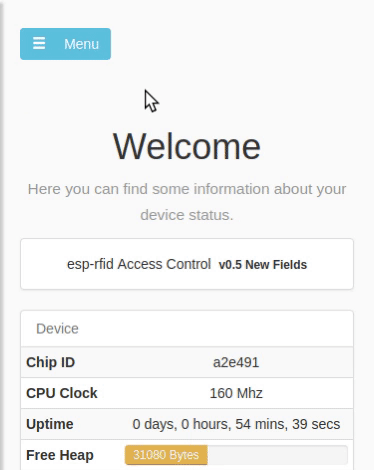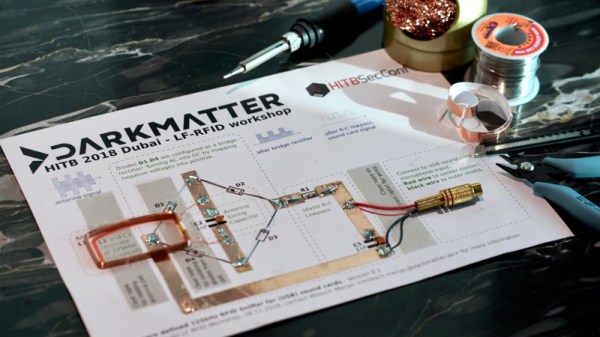NFC locks are reaching a tipping point where the technology is so inexpensive that it makes sense to use it in projects where it would have been impractical months ago. Not that practicality has any place among these pages. IKEA carries a cabinet lock for $20USD and does not need any programming but who has a jewelry box or desk drawer that could not benefit from a little extra security? Only a bit though, we’re not talking about a deadbolt here as this teardown shows.
Rothult has all the stuff you would expect to find in an NFC scanner with a moving part. We find a microcontroller, RFID decoder, supporting passives, metal shaft, and a geartrain. The most exciting part is the controller which is an STM32L051K8 processor by STMicroelectronics and second to that is the AS3911 RFID reader from AMS. Datasheets for both have links in the teardown. Riping up a Rothult in the lab, we find an 25R3911B running the RFID, and we have a link to that PDF datasheet. Both controllers speak SPI.
There are a couple of things to notice about this lock. The antenna is a flat PCB-mounted with standard header pins, so there is nothing stopping us from connecting coax and making a remote antenna. The limit switches are distinct so a few dabs of solder could turn this into an NFC controlled motor driver. Some of us will rest easy when our coworkers stop kidnapping our nice pens.
Rothult first came to our attention in a Hackaday Links where a commenter was kind enough to tip us off to this teardown. Thanks, Pio! If this whets your appetite for NFC, we have more in store.























